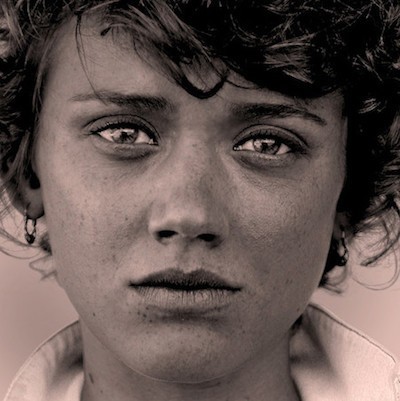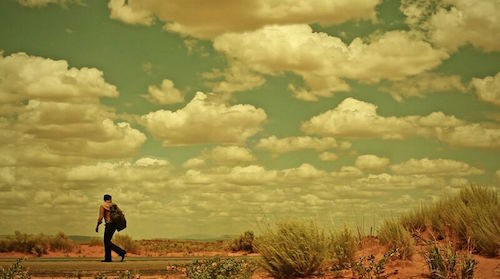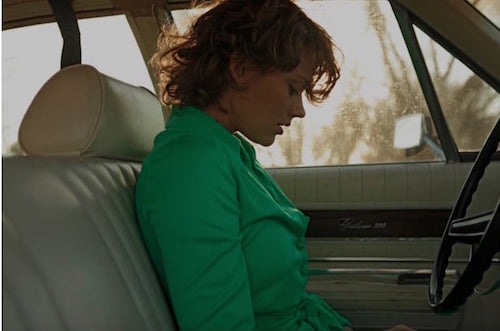What Is and What Should Be
Documentaries have traditionally fallen into two categories: straightforward accounts that tell their story using photo/video/audio snippets plus interviews (think Ken Burns), and those that use re-enactments and other creative devices. Recently, there have been some very innovative examples of the latter category (Kurt Cobain: Montage of Heck, the narrative/doc hybrid A Woman Like Me). Now we have Andrew Shapter’s The Teller and the Truth, a haunting and evocative film about the 1974 disappearance of Francis Wetherbee, a young Texas bank teller whose car was found submerged in a nearby river, but whose body was never found. Though it looks and feels like a real-life chronicle, The Teller and the Truth is something else entirely.
The film starts off like a typical documentary, becomes a sort of true-crime whodunit, and ultimately ends up a highly romantic speculation on what might have happened to the lovely Wetherbee. It’s as intriguing for its unorthodox handling of truth-versus-fantasy as it is for its subject matter.
Apparently Shapter first came upon the long-forgotten story of Wetherbee several years ago when he saw a striking black and white print of a sad-eyed young woman taken by his photographer uncle and mentor. The photo had been shot a week after its subject was briefly taken hostage by a masked bank robber — she was unhurt but reportedly traumatized — and two weeks before she mysteriously disappeared. Shapter, who had previously made the documentaries Before the Music Dies and Happiness Is, became fascinated by Wetherbee’s story and started digging around in her hometown of Smithville, Texas, talking to locals who remembered her and the disappearance.
The film begins in seemingly straightforward documentary style: we see footage of a car being dredged up from a river and hear a radio news report about Wetherbee’s disappearance. There are present-day interviews with and sound bites from various townspeople who recall aspects of the case and Francis’s life; these are presented like clues. Gradually, through accounts from characters including a former boyfriend, an FBI agent, and a local reporter, we learn that Francis was somewhat secretive, that her mother pushed her to marry well, and that she became engaged to the president of the bank in which she worked. She also became friends with a French photographer (presumably Shapter’s uncle), who was more sophisticated than many of the people she knew, and who introduced her to ideas about the outside world.
Reenactments of various vignettes told by these witnesses — not necessarily in chronological order — are presented along with their interviews; interspersed throughout are snippets of evocative, impressionistic footage. Saturated colors, unusual camera angles and dramatic music (courtesy of composer Carl Thiel) all add a dreamy ambiance to the increasingly complex, multi-dimensional story.
The film takes an especially interesting turn after the bank robbery, when its main suspect, a drifter and Vietnam vet, disappears from town. We follow his action-packed trail for a while, then a parallel possible scenario of Francis escaping her stifling, small-town life. Their stories converge, and by this point it’s become hard to tell what’s real, re-enactment or pure fantasy, as reasonable but not-entirely-believable details are revealed.
As the story spirals into a romantic tale that spans several continents, one wants badly to believe that this is what actually occurred; not only does it ultimately provide neat closure to Wetherbee’s sad mystery, but it’s so wondrously optimistic. In a way, The Teller and the Truth is a poignant tribute to a missing person and her loved ones. When we have no idea what actually happened to someone, how wonderful to be given such a hopeful and imaginative explanation.
The Teller and the Truth opens Friday at Cinema Village, Manhattan.
—Marina Zogbi




